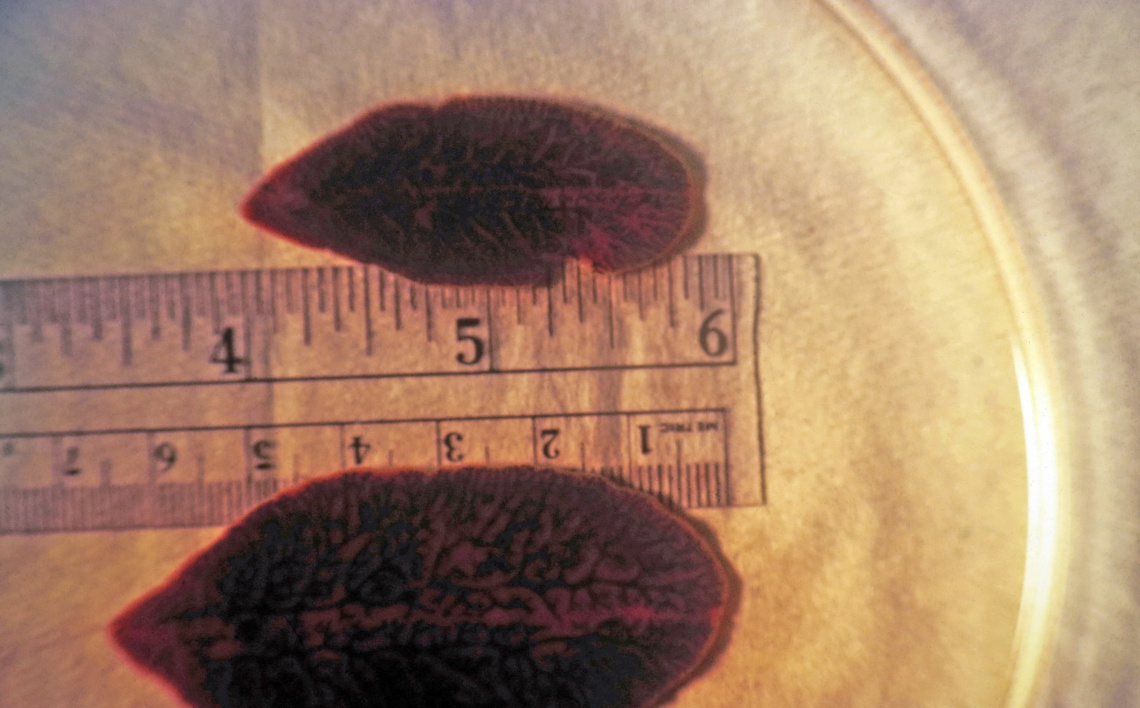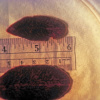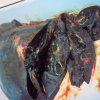Wildlife Health Diseases affecting Idaho's wildlife
About Giant Liver Flukes
Giant liver flukes (Fascioloides magna), also known as the American liver fluke or deer fluke, are flatworms are important parasites of deer, elk and moose in North America. The flukes are a normal parasite in white-tailed deer and occasionally elk.
Commonly Affected Species:
Signs Of Disease
Animals infected with giant liver flukes generally appear healthy unless large numbers of flukes are present. With large numbers of flukes, generally the liver function is compromised leading to animals in poor body condition. In definitive hosts, flukes are found in yellowish-white fibrous cysts that 1-2 inches across that contain pairs of flukes. A reddish brown liquid is found inside the cysts with the flukes.
In animals that are not definitive hosts for giant liver flukes, the flukes can cause significant liver damage and ill thrift or death in severely affected individuals. The flukes continue to migrate in the liver creating numerous tracts and extensive liver damage that can lead to fibrosis and liver failure.
Where is Disease Found?
Giant liver flukes are found in mule deer, white-tailed deer, elk, and moose in many parts of North America. Giant liver flukes have been documented sporadically in a few mule deer, elk and moose in Idaho.
How Can I Protect Myself?
The presence of giant liver flukes in the liver of animals does not pose any human health risk.
Samples to Collect
If there is concern about this condition, contact a conservation officer or an Idaho Department of Fish and Game Regional Office. Appropriate samples can be collected for testing if deemed necessary.
Can I Eat The Meat?
The liver of an animal infected with giant liver flukes should not be consumed. Meat from an animal with giant liver flukes can be consumed by humans.
What is IDFG doing to help manage this disease?:
Prevention or control of Giant Liver fluke in wild cervids is not practical or likely needed. The Idaho Department of Fish and Game prohibits the importation of white-tailed deer and elk partially due to the presence of this fluke in other parts of North America. Several domestic Cervidae farms in Idaho have brought elk into Idaho from affected areas and introduced this parasite to local areas in Idaho. There is a significant risk of continued introductions of this parasite with with importation of domestic Cervidae from infected areas, inadequate treatment prior to importation, or lack of environmental treatment of affected premises in Idaho.
How do I learn more about this disease?






